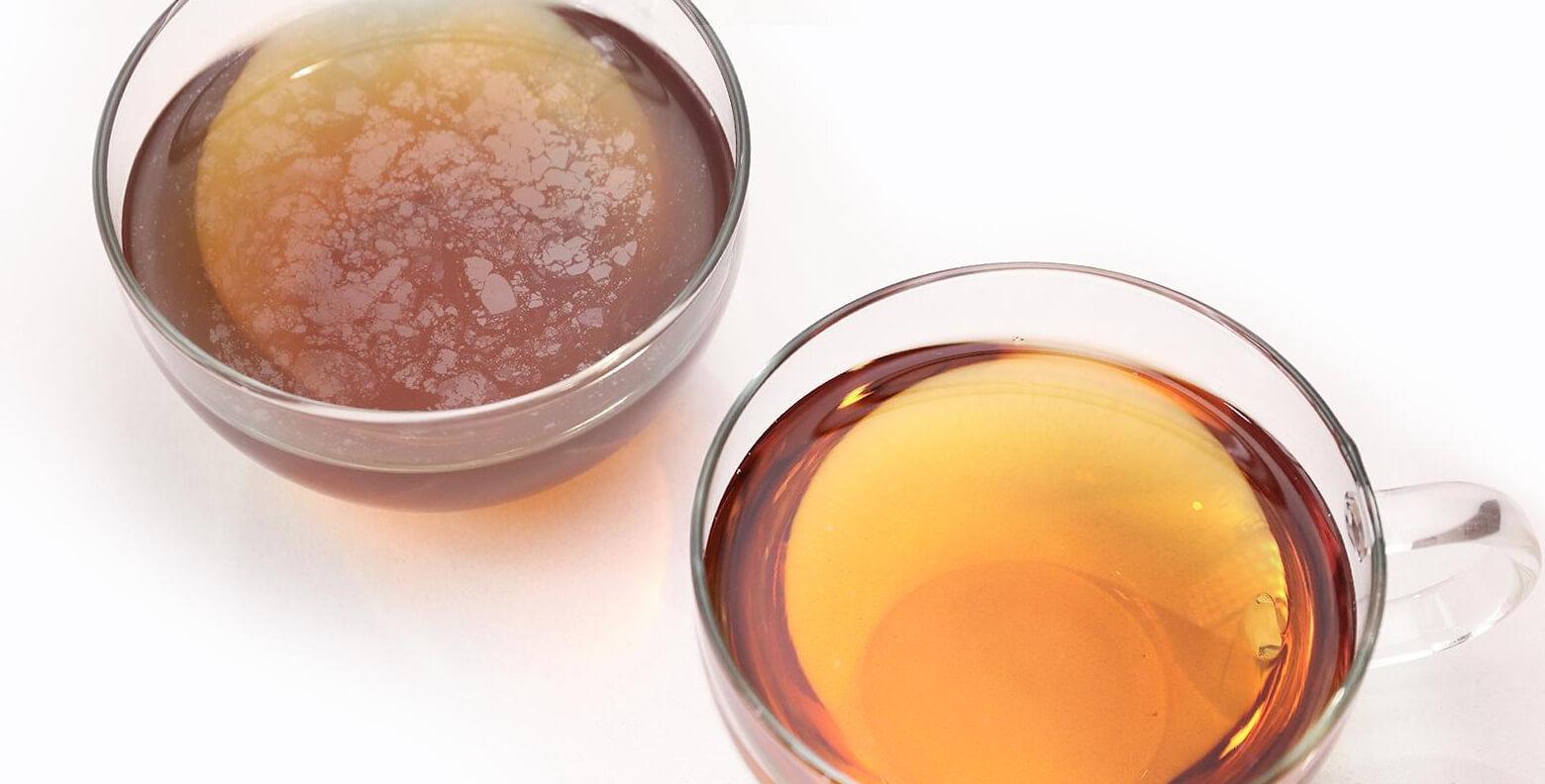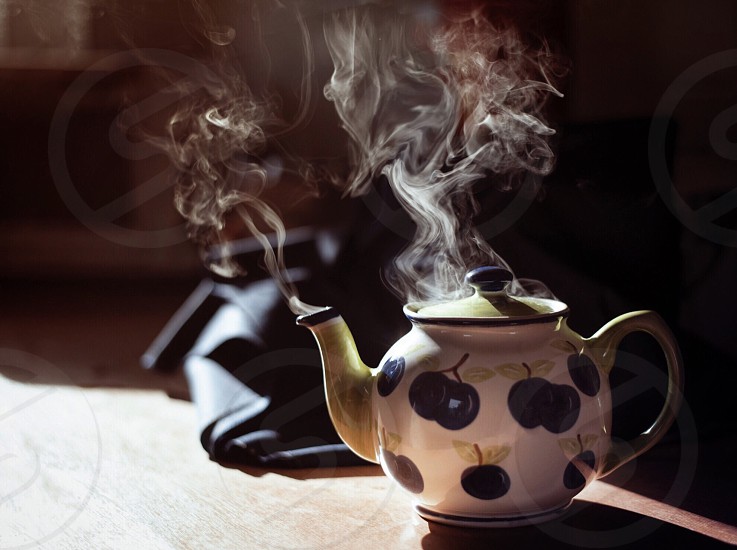
I’ve been planning to write about Earl Grey for so long! This tea truly is
special for me. I remember tasting it for the firts time when I was eleven
and the dreamy bergamot note truly got me. I’ve tasted many tea varieties
since then but Earl Grey is a love affair that’ll last till death do us
part.
I’m sure everyone knows this tea, but all the same: it is a tea blend
which has been flavoured with oil of bergamot. The rind's fragrant oil is
added to black tea to give Earl Grey its unique taste.
Read more on Wikipedia
Earl Grey has millions of varieties. There are lighter versions such as
Darjeeling or Keemun, ideal as a light afternoon drink. There are also
Earl Grey varieties made from stronger teas such as Ceylons, which are
better suited to the addition of milk or cream and work great in drinks
such as London Fog. Some blend the tea with lapsang souchong tea which
lends a smoky character (my favourite), some add vanilla or jasmine and
all of them are definitely worth trying! while. Using exclusively black
tea is also something that belongs to the past and I definitely recommend
trying white versions, though I personally will always be true to the good
old black Ceylon Earl Grey, which is the one I’m using in my following
steeping guide.

Making tea is no rocket science, right? Why does my tea taste bland, bitter or weird then, you ask? It is possible you do things to your tea that aren’t that good for it after all. Try my following tips that may make all the difference you need and let me know if they helped!

To make the perfect cup of Earl Grey tea, begin with fresh, cold, and –
if possible – filtered water. Never use hot water from the tap, or water
that has previously been boiled. Water for brewing tea should always be
heated in a non-reactive vessel, such as a glass kettle or stainless
steel pot. This prevents impurities from transferring to the tea.

Earl Grey tea should always be prepared with water heated to 95° C, just
below its boiling point. If your kettle doesn't have temperature
controls, simply heat the water until it begins to boil, then turn off
the heat while you warm the pot.

Many people omit this step, but it's actually very important. Tea is
delicate, and needs precisely the right temperature to give up its
essence. When hot water is poured into a cold cup or pot, it begins to
cool. Warming the pot ensures that the steep will be consistent. Pour a
small amount of hot water into the pot or cup, swirl it around, and pour
it out.